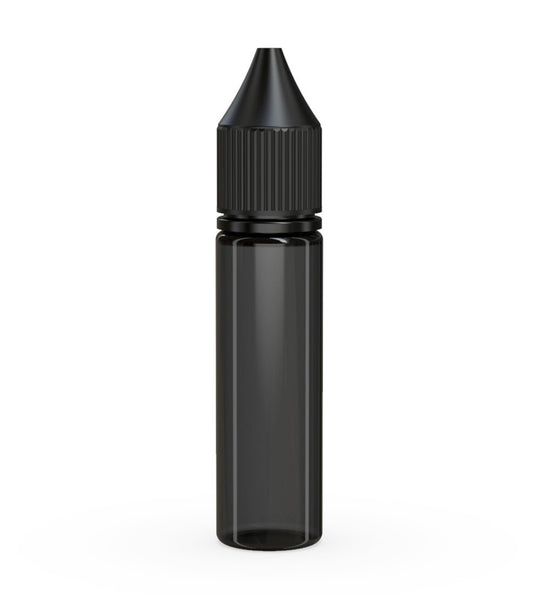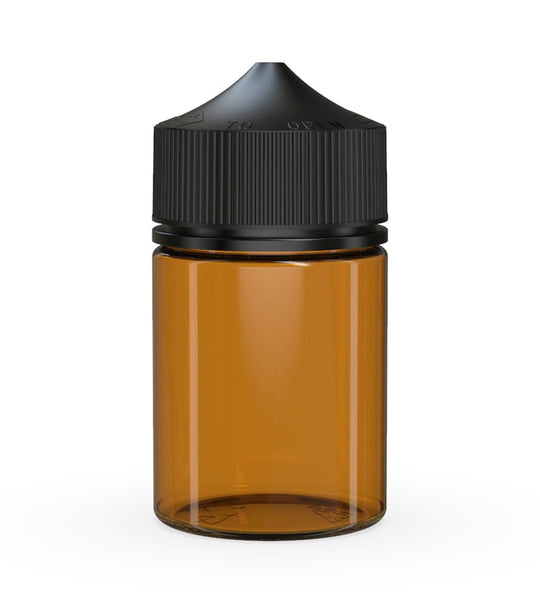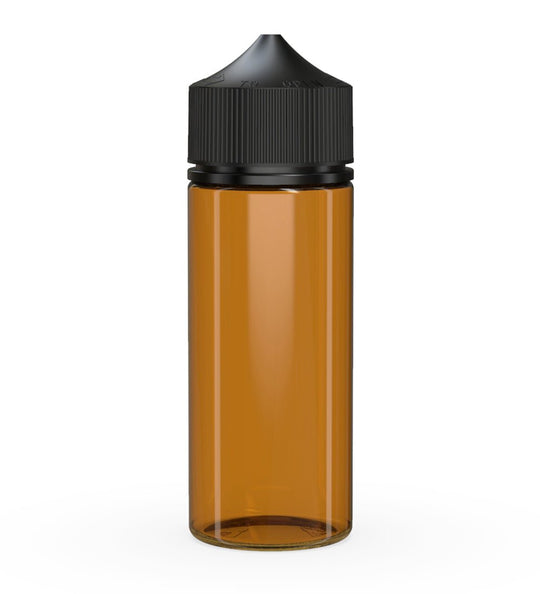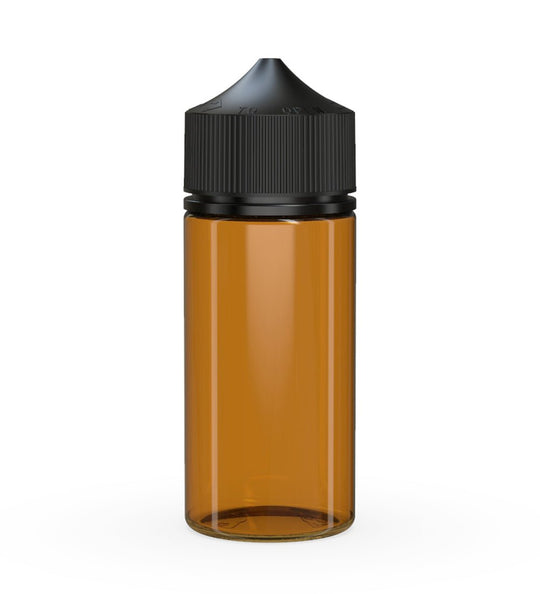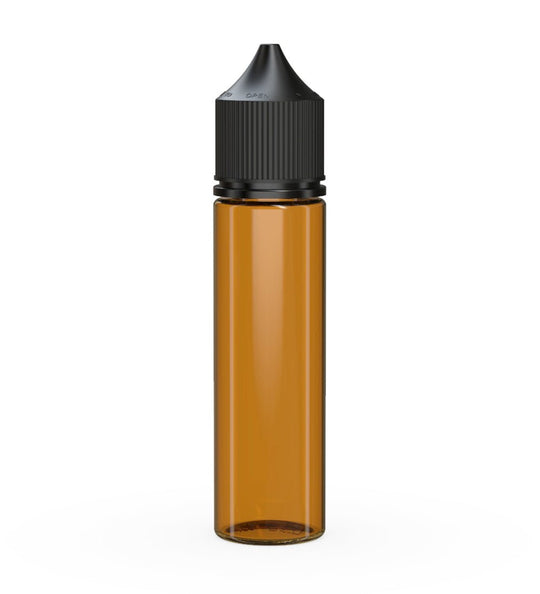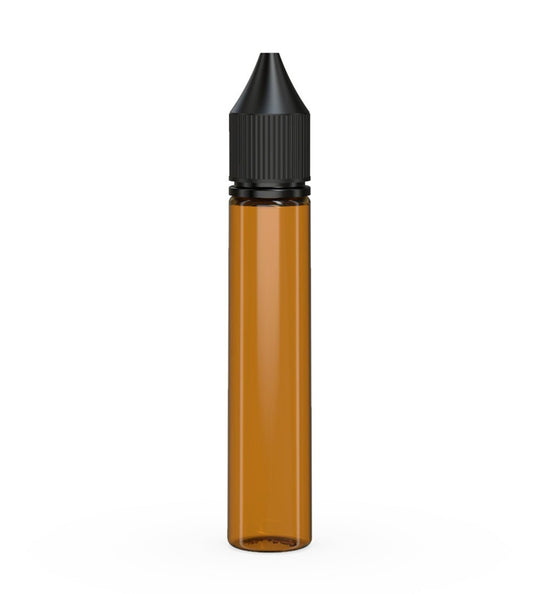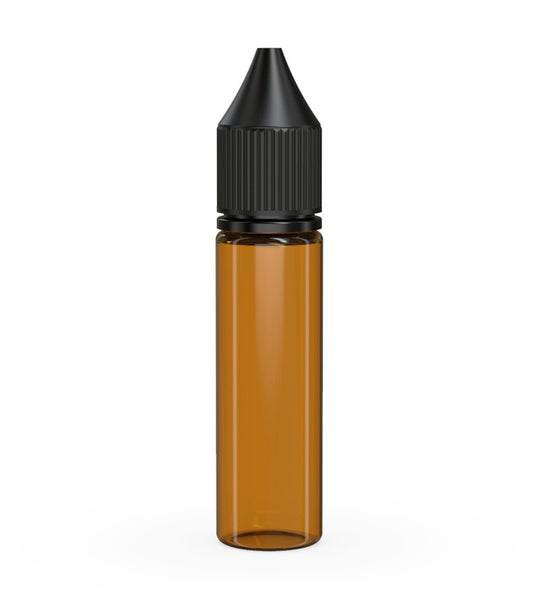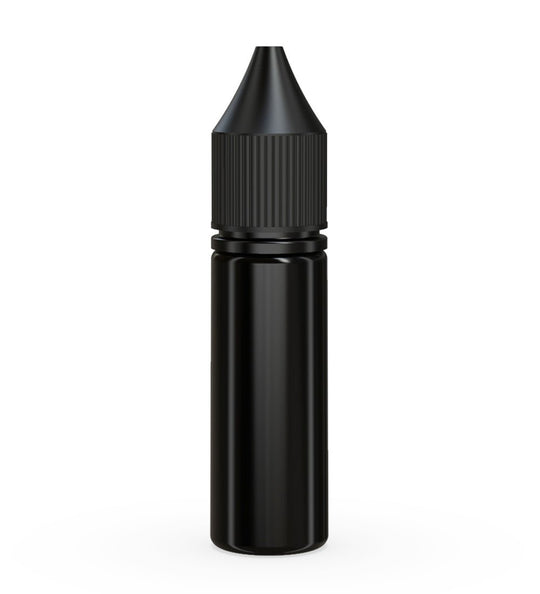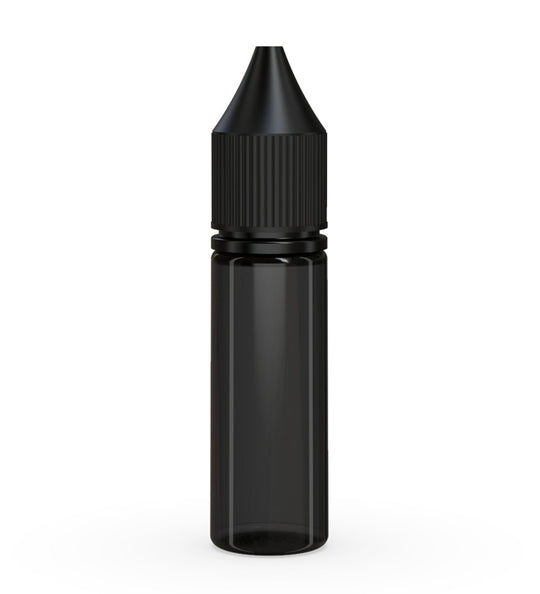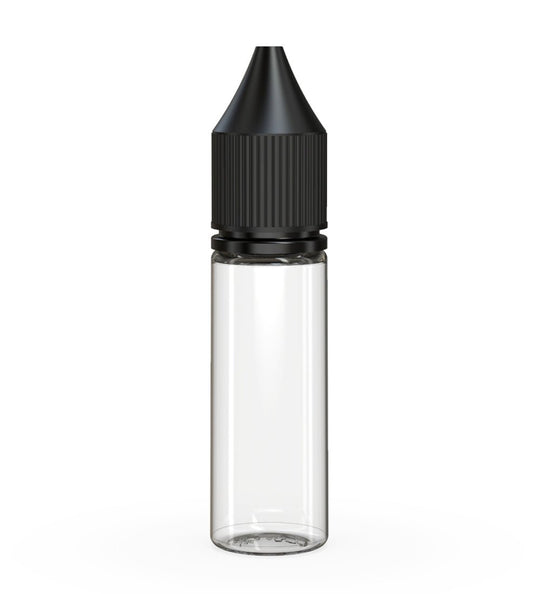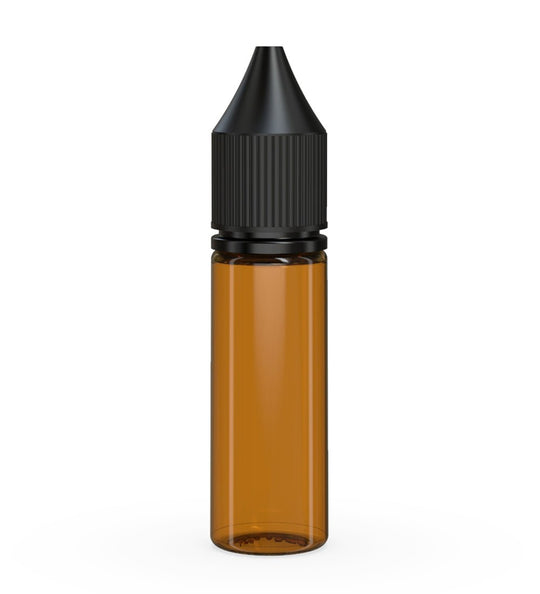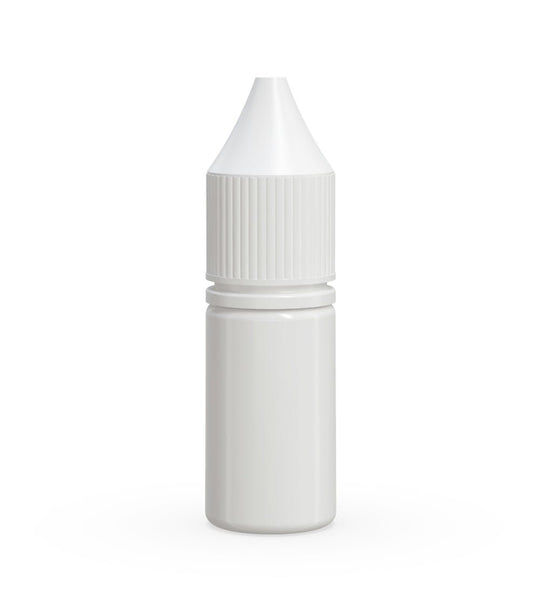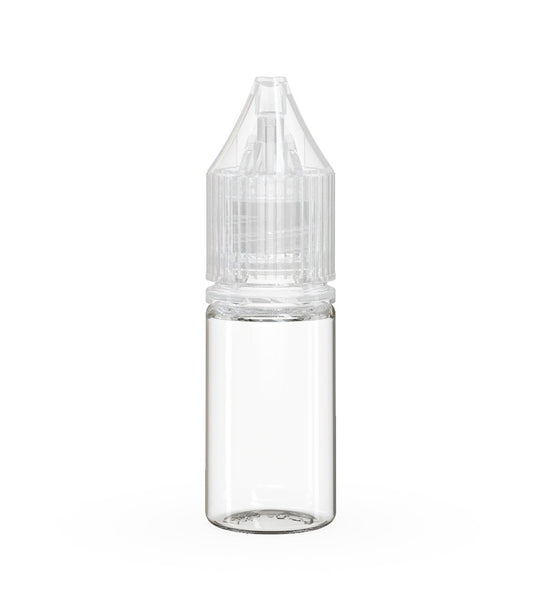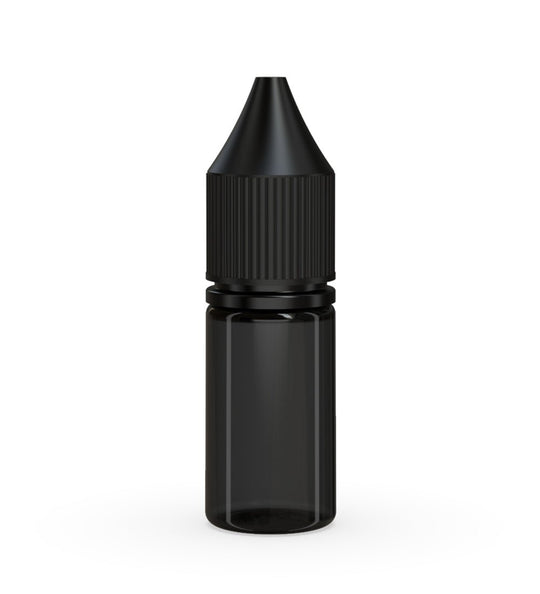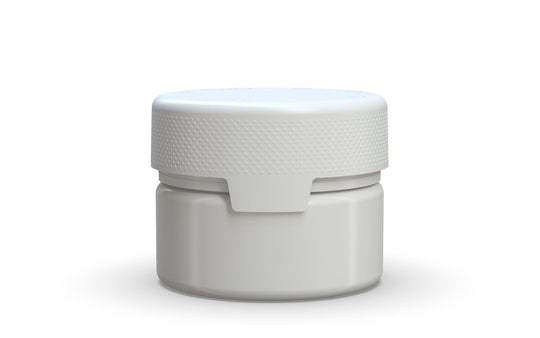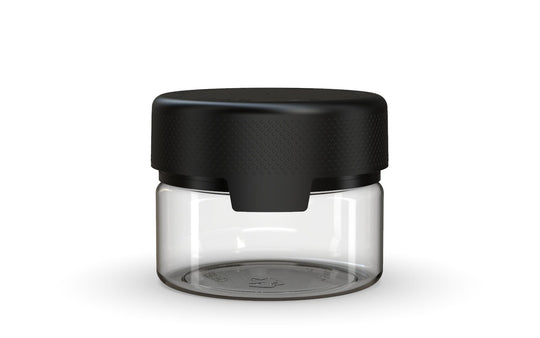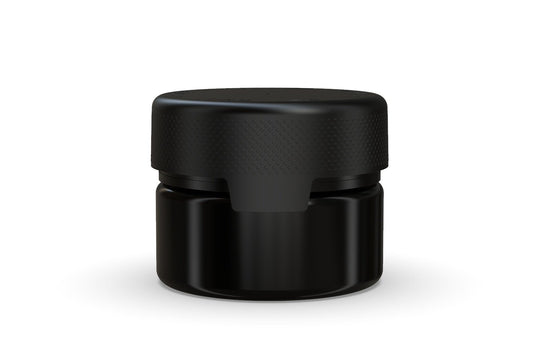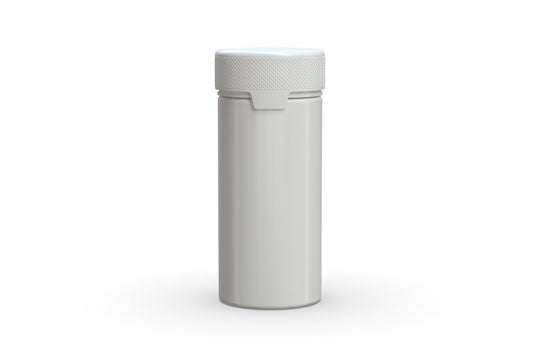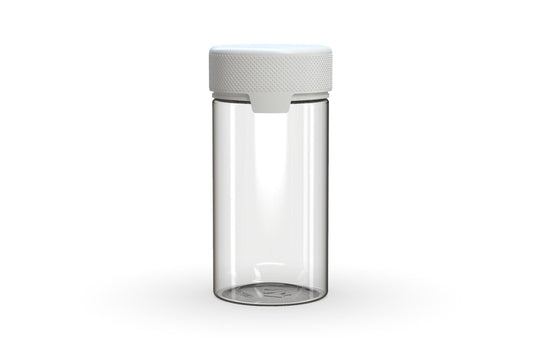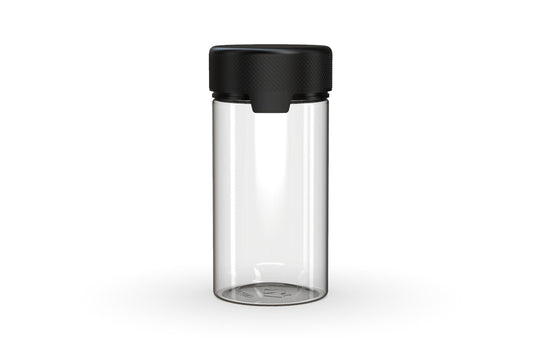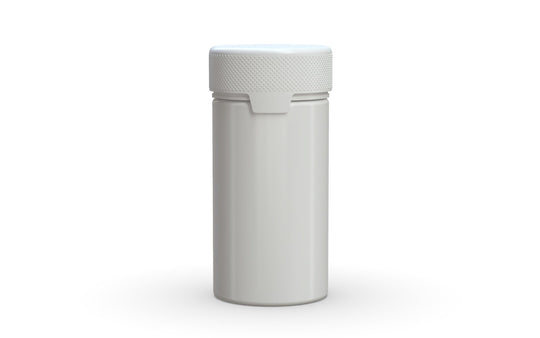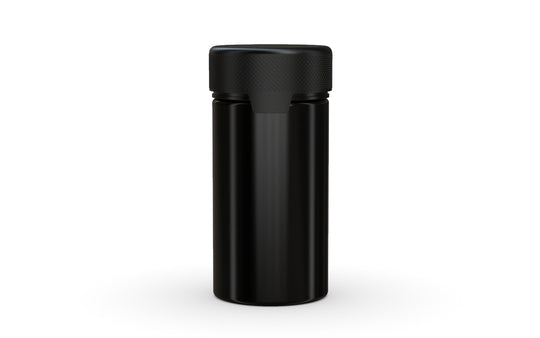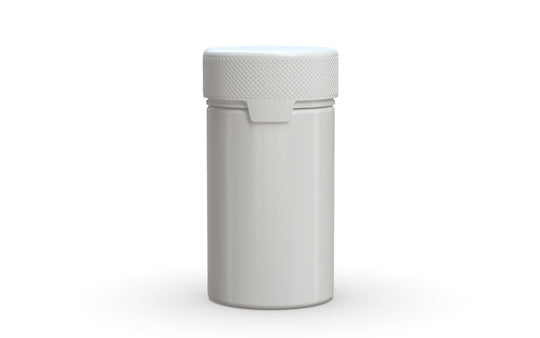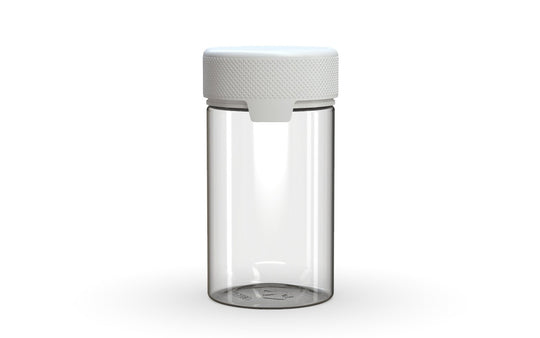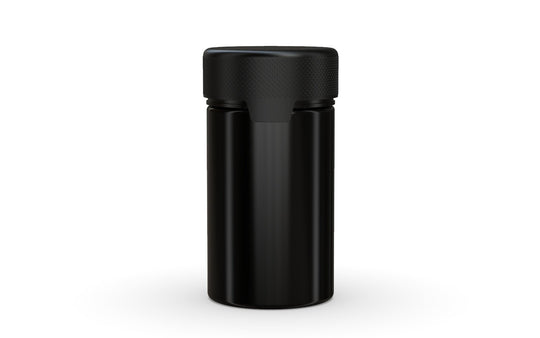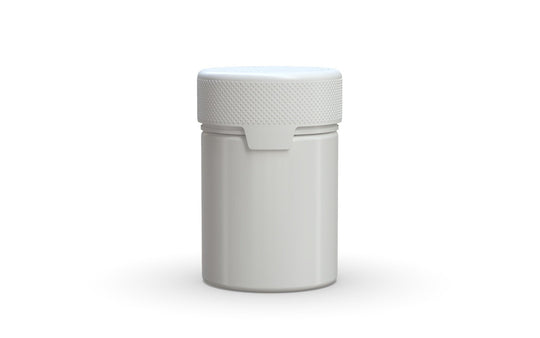Nutraceutical Packaging
Frequently Asked Questions About
Table of Contents
Nutraceutical Packaging: Protecting Potency and Building Trust
Nutraceutical packaging serves as the critical interface between health-conscious consumers and the supplements they rely on for wellness. More than just a container, effective packaging preserves product integrity, communicates benefits, ensures compliance, and builds brand recognition in an increasingly competitive market. As the nutraceutical industry continues to grow at a remarkable pace, packaging solutions have evolved to address the unique challenges of protecting sensitive ingredients while appealing to discerning consumers.
The right health & wellness packaging does more than contain products. It actively contributes to shelf life extension, prevents contamination, and delivers crucial information that builds consumer confidence. From moisture-resistant barriers to tamper-evident features, nutraceutical packaging must perform multiple functions simultaneously while remaining user-friendly and visually appealing.
Nutraceutical Packaging Essentials
At its core, effective nutraceutical packaging must address several critical requirements. Barrier protection against moisture, oxygen, light, and contaminants is paramount to preserving the potency of active ingredients. Many supplements and vitamins are highly sensitive to environmental factors that can trigger degradation processes, reducing efficacy and shortening shelf life.
Beyond protection, nutraceutical packaging must facilitate compliance with regulatory standards that vary across global markets. This includes proper labeling with nutritional information, ingredients, dosage instructions, and warning statements. The packaging must also incorporate child-resistant features when required while remaining accessible to the intended adult users.
Key Protective Functions
- Moisture barrier to prevent humidity damage
- Oxygen barrier to prevent oxidation
- Light protection for photosensitive ingredients
- Physical protection during shipping and handling
- Tamper-evidence for consumer safety
Supplement packaging must also be designed with the consumer experience in mind. Ease of opening, reclosability, portability, and dosage management features can significantly impact user satisfaction and brand loyalty. As consumers increasingly take supplements on the go, packaging convenience has become a key differentiator in the marketplace.
Packaging Formats for Supplements and Vitamins
The nutraceutical industry utilizes various packaging formats, each offering distinct advantages for different product types and target markets. Understanding these options helps brands select the optimal solution for their specific formulations and consumer preferences.
Bottles and Jars
Supplement bottles remain the most common packaging format for tablets, capsules, and softgels. Typically made from high-density polyethylene (HDPE) or polyethylene terephthalate (PET), these containers offer excellent moisture barriers and structural integrity. For products requiring additional protection, amber or opaque bottles shield contents from light exposure.
Vitamin bottles often include specialized features such as desiccant-integrated caps, cotton inserts, and induction seals to maintain product freshness. Wide-mouth designs facilitate easy access to products, while various closure options balance child resistance with senior-friendly accessibility.
For premium products or those with special storage requirements, supplement jars and vitamin jars provide a more substantial feel and enhanced barrier properties. Glass jars offer superior oxygen barriers but come with increased weight and fragility concerns.
Flexible Pouches
Flexible packaging has gained significant popularity in the nutraceutical sector due to its versatility, lightweight nature, and excellent barrier properties. Supplement pouch bags are particularly well-suited for powders, gummies, and single-dose products.
Modern vitamin pouches incorporate multiple barrier layers, including metalized films or aluminum foil, to provide superior protection against oxygen, moisture, and light. Resealable features such as zippers and valves enhance user convenience while maintaining product freshness after opening.
For protein supplements and other powder formulations, protein packaging pouches offer practical benefits including reduced shipping weight, improved shelf space efficiency, and enhanced branding opportunities through 360-degree printing.
Material Considerations for Nutraceutical Products
The selection of packaging materials for nutraceuticals involves careful consideration of product compatibility, barrier requirements, and sustainability goals. Different supplement formulations may interact with packaging materials in ways that affect both product integrity and packaging performance.
Plastic Options
- HDPE: Excellent moisture barrier, good chemical resistance
- PET: Superior clarity, good oxygen barrier, recyclable
- PP: High temperature resistance, suitable for hot-fill applications
- PVC: Good barrier properties but facing sustainability challenges
Glass and Metal
Glass provides an exceptional oxygen barrier and chemical inertness, making it ideal for sensitive formulations. However, its weight and fragility present logistical challenges. Metal packaging, including aluminum bottles and tins, offers complete light protection and premium aesthetic appeal but at a higher cost point.
Flexible Film Structures
Modern vitamin packaging often utilizes multi-layer film structures that combine the benefits of different materials. These may include:
- PET for strength and printability
- Aluminum foil for absolute barrier protection
- LLDPE for sealability and flexibility
- Nylon for puncture resistance
Regulatory Compliance in Supplement Packaging
Nutraceutical products face significant regulatory oversight that directly impacts packaging requirements. In the United States, supplements are regulated as foods under the Dietary Supplement Health and Education Act (DSHEA), with specific labeling requirements enforced by the FDA.
Packaging must accommodate mandatory label elements including the Supplement Facts panel, ingredient list, manufacturer information, and appropriate structure-function claims with the required disclaimer. Additionally, certain products require child-resistant packaging under the Poison Prevention Packaging Act.
International markets present additional compliance challenges, with varying requirements for language, warning statements, and nutritional information formats. Brands with global distribution must develop packaging strategies that can adapt to these regional differences while maintaining brand consistency.
Branding and Consumer Experience
In the competitive nutraceutical marketplace, packaging serves as a critical brand ambassador and differentiation tool. Effective package design communicates key product benefits, establishes quality perceptions, and builds consumer trust through transparency.
Premium supplements often leverage packaging to convey their value proposition through tactile finishes, structural design, and thoughtful user experience features. This might include easy-open closures, dosage control mechanisms, or portable formats for on-the-go consumption.
Digital integration through QR codes and NFC technology is increasingly common in nutraceutical packaging, allowing brands to provide expanded product information, authenticity verification, and interactive content that enhances consumer engagement.
Sustainability in Nutraceutical Packaging
As environmental concerns influence purchasing decisions, nutraceutical brands are prioritizing sustainable packaging solutions without compromising product protection. This balance presents unique challenges, as many traditional barrier materials are difficult to recycle.
Innovative approaches include:
- Post-consumer recycled (PCR) content in plastic bottles
- Mono-material flexible packaging designed for recyclability
- Plant-based bioplastics for caps and secondary packaging
- Reduced material usage through structural optimization
- Refillable systems that minimize packaging waste
Brands are also exploring compostable alternatives for supplements with shorter shelf-life requirements, though these materials typically offer reduced barrier properties compared to conventional options.
The future of nutraceutical packaging lies in continuous innovation that balances product protection, user convenience, regulatory compliance, and environmental responsibility. As consumer expectations evolve and new technologies emerge, packaging will remain a critical component of successful supplement and vitamin products in the marketplace.









